What Are the Most Commonly Used Electronic Components?
Introduction
Electronic components are the fundamental building blocks of modern technology. They can be found in everything from your smartphone to the equipment used in advanced scientific research. In this article, we'll explore the most commonly used electronic components that form the backbone of electronic devices and circuits.
Role in Electronics:
Resistors are passive electronic components that limit the flow of electrical current in a circuit. They are ubiquitous and serve various purposes, including voltage division, current limiting, and signal conditioning. Resistors are essential in controlling current and voltage levels in electronic circuits.
Role in Electronics:
Capacitors store and release electrical energy in the form of an electric field. They are used for filtering, smoothing, and timing in circuits. Capacitors play a critical role in power supply stabilization, noise reduction, and signal coupling.
Role in Electronics:
Diodes are semiconductor devices that allow the flow of current in one direction while blocking it in the other. They are essential for rectifying AC signals to DC, voltage regulation, signal clipping, and protecting circuits from reverse voltage.
Role in Electronics:
Transistors are active electronic components used as amplifiers, switches, and signal modulators. They are the core of modern digital and analog circuits, making them indispensable in computers, radios, and countless other electronic devices.
Role in Electronics:
ICs are miniaturized electronic circuits that integrate multiple components, such as transistors, resistors, and capacitors, onto a single chip. They serve as the "brain" of electronic devices, enabling complex functions and data processing. Microcontrollers and microprocessors are examples of ICs.
Role in Electronics:
Inductors store energy in the form of a magnetic field. They are used in filtering, energy storage, and signal coupling. Inductors are crucial components in power supplies, transformers, and RF circuits.
Role in Electronics:
Connectors are essential for establishing electrical connections between various components and devices. They come in various forms, such as USB, HDMI, and audio jacks, enabling data transfer, power distribution, and signal transmission.
Role in Electronics:
Switches control the flow of current by opening or closing a circuit. They are integral in turning devices on/off, selecting between different modes, and providing user interface functions.
Conclusion
These electronic components form the foundation of all electronic devices and systems. They work in harmony to perform a wide range of functions, from simple switching to complex data processing. Understanding the roles and applications of these components is essential for anyone working with electronics, whether as a hobbyist, student, or professional engineer. As technology continues to advance, these components will continue to evolve and play crucial roles in shaping the future of electronics.

















